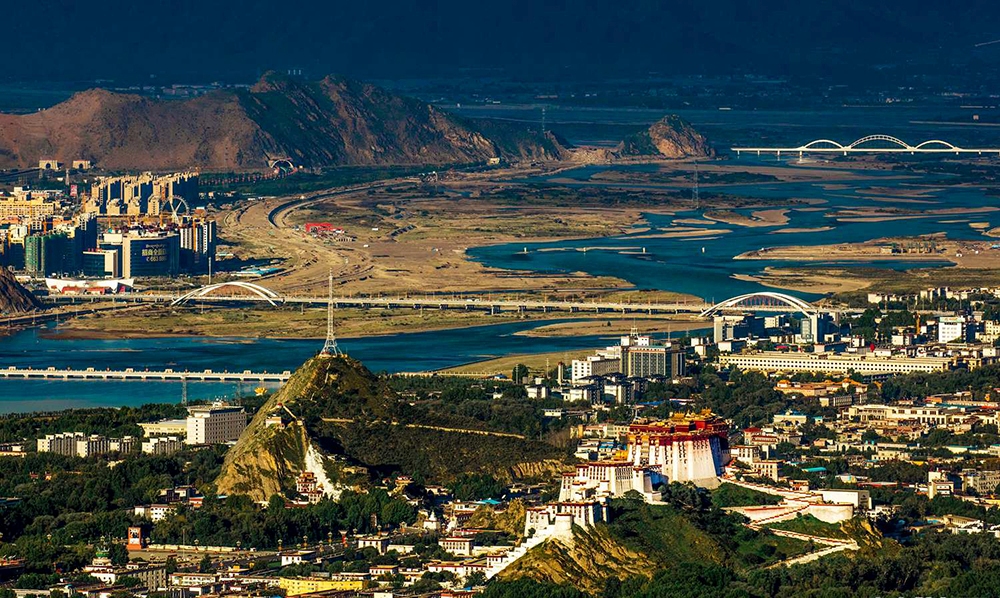Qarhan Salt Lake: The Largest “Mirror of the Sky” in China

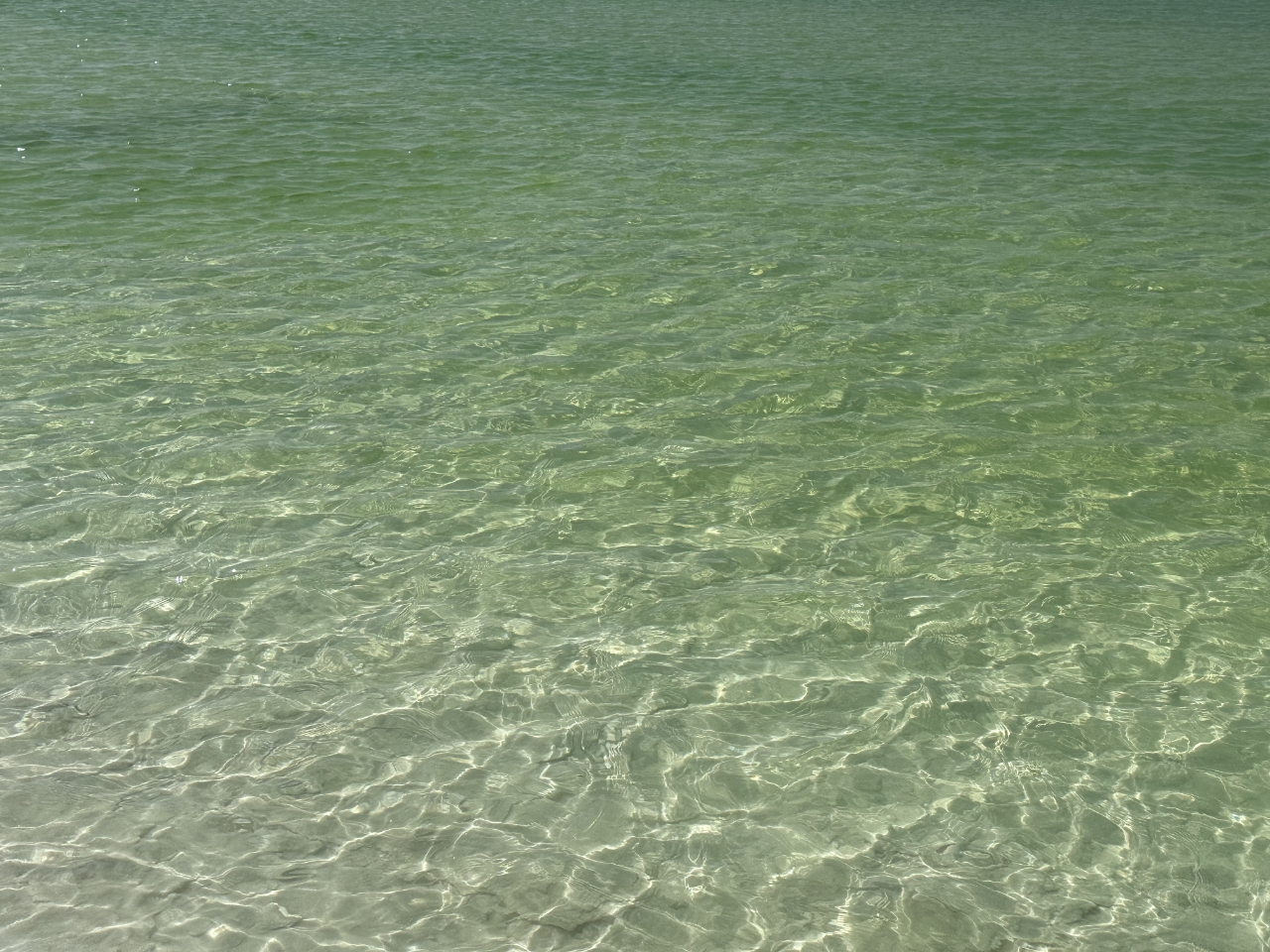
Located in Golmud City, Haixi Mongolian and Tibetan Autonomous Prefecture, Qinghai Province, Qarhan Salt Lake stretches over 160 kilometers from east to west and spans 20 to 40 kilometers from north to south. The thickness of the salt layer ranges between approximately 2 and 20 meters, covering a total area of 5,856 square kilometers. This makes it the largest salt lake in China and the second largest in Asia.
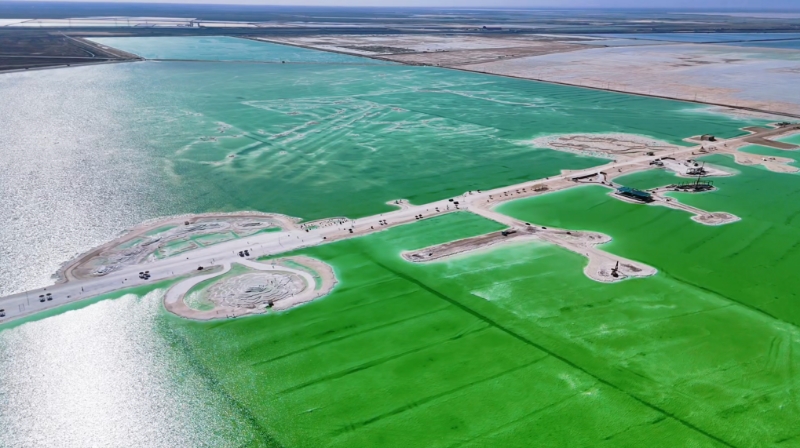
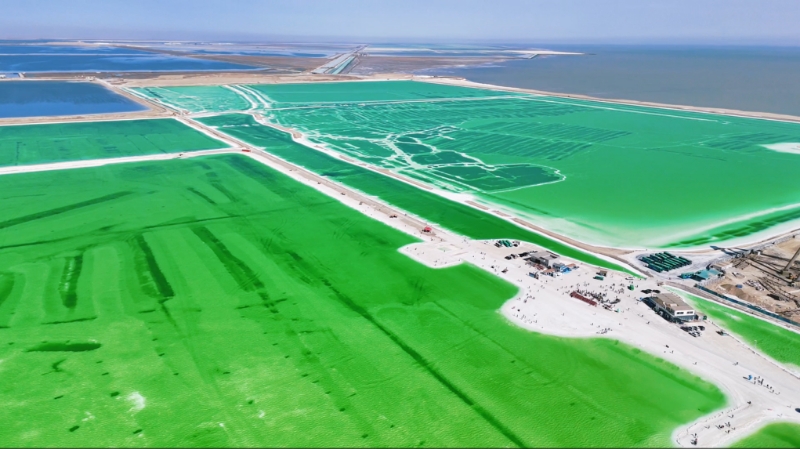
The lake is a significant inland saline body primarily composed of potassium salts, along with various other minerals, including magnesium, sodium, lithium, boron, iodine, chlorine, bromine, rubidium, and cesium. Notably, its reserves of potassium, magnesium, and lithium are the most substantial in China. It boasts rich deposits of potassium and magnesium salts with reserves totaling around 50 billion tons, and serves as China’s primary production area for these essential minerals. Remarkably enough, if utilized appropriately, the salt produced here could sustain six billion people worldwide for an entire millennium.
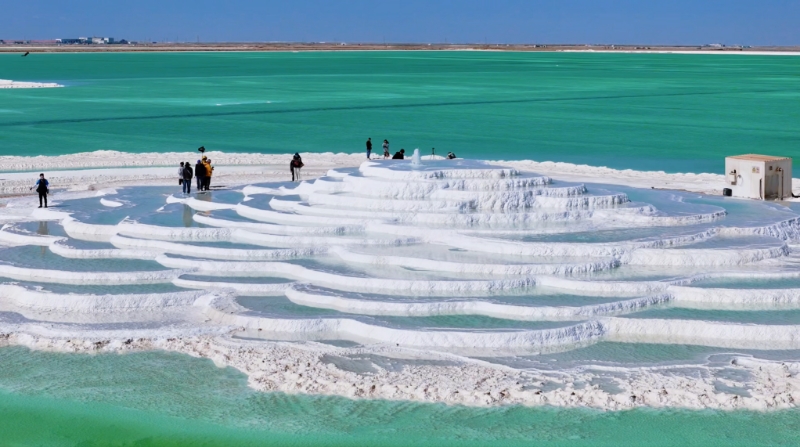
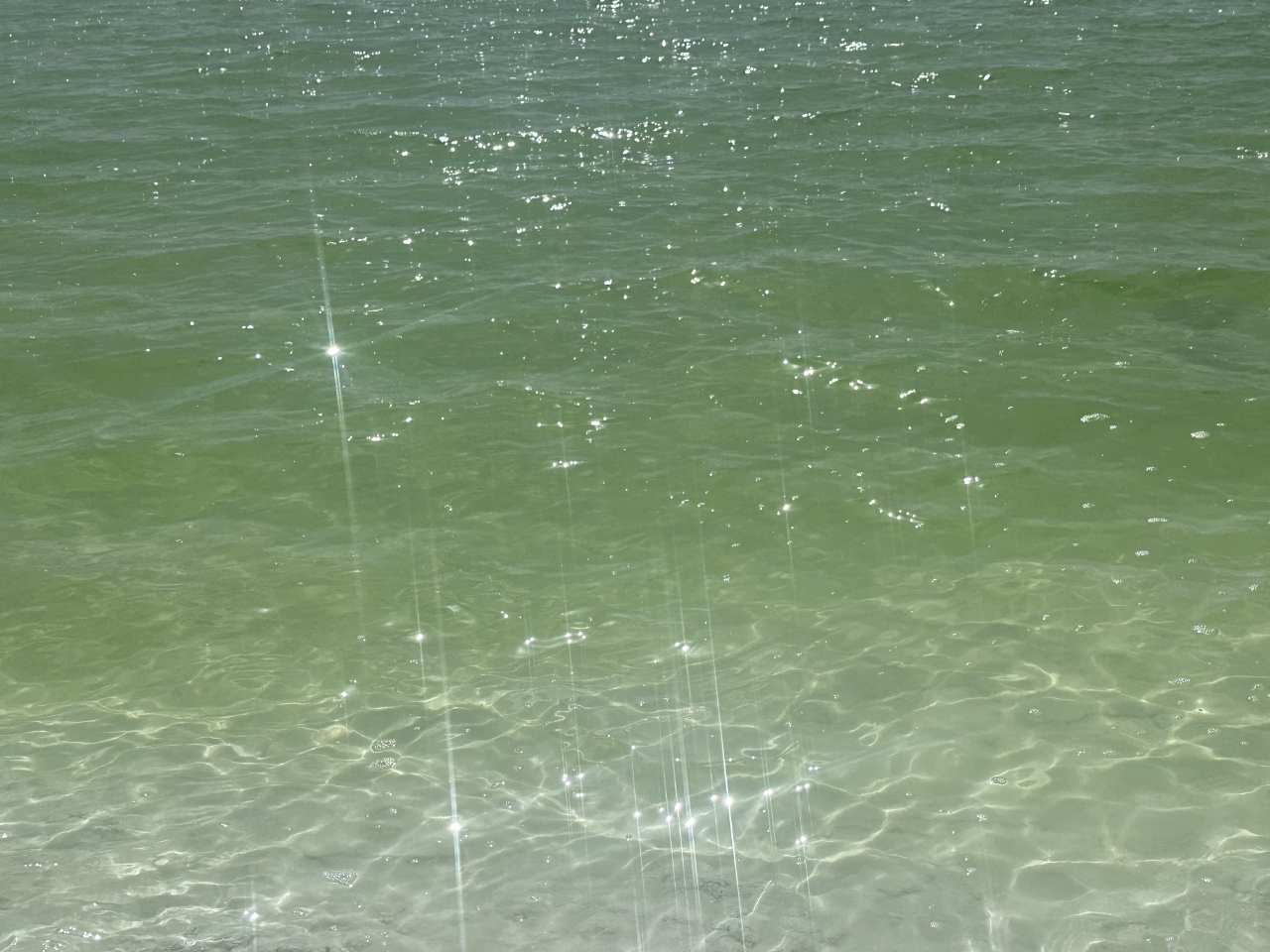
When you walk on the “Salt Bridge,” a thick layer of salt, several decades of meters in formation, lies beneath your feet. The crystallization of salt in the lake creates “salt flowers” resembling coral, giving the impression that you are walking upon shimmering crystals. Under the sun, the lake water displays dreamy hues, including jade green, sky blue, and milky white. The naturally formed “Salt Bridge,” adorned with glistening and translucent salt flowers, presents a breathtakingly alien landscape. From an aerial perspective, this 1,000-meter-long salt lake resembles the veins of the Earth and solidified waves across its surface.
Stories
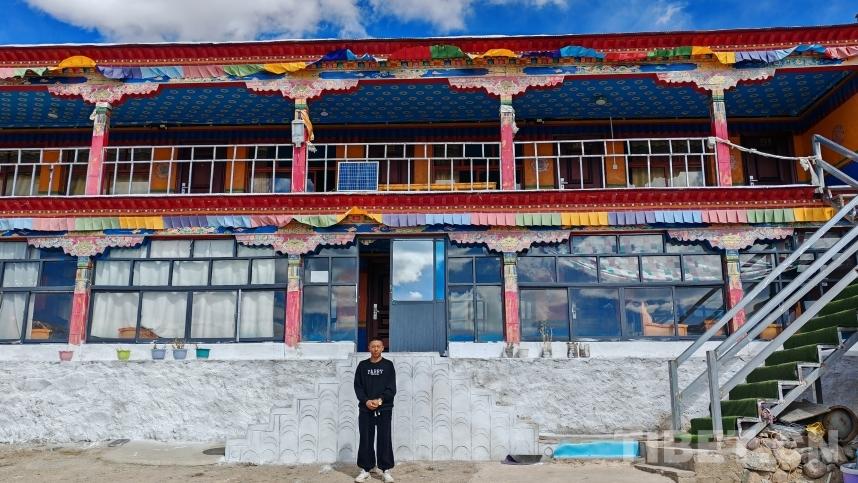
Path to Better Life for People in Ombu Community, Nagqu
Yomzhong, at the age of 26, runs his own homestay beside Tangra Yumco Lake.
Editor’s Choice
- Six Scholars Talked about Good-neighborly Friendship and Community of Shared Future
- The origins of the Zangnan area disputes
- China Brooks No External Interference in Zangnan Area
- It is groundless accusation smearing the boarding school in Xizang
- Xizang fully guarantees freedom of religious belief: white paper

